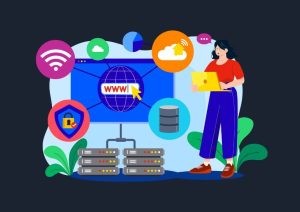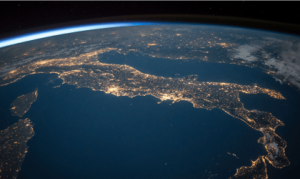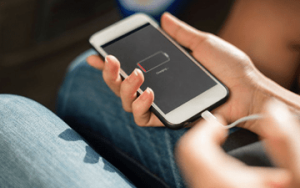
What impact does the network have on digital services?
According to the ADEME/Arcep study for 2022, the network in France is responsible for between 2% and 14% of the impact of digital technology. Fixed
Home » Archives for Olivier PHILIPPOT

According to the ADEME/Arcep study for 2022, the network in France is responsible for between 2% and 14% of the impact of digital technology. Fixed

Choosing the right metric to assess its impact is critical in a sobriety approach. We have validated the use of energy in our tools (https://greenspector.com/fr/pourquoi-devriez-vous-mesurer-la-consommation-energetique-de-votre-logiciel/

The discovery that digital technology was not so virtual and that it could have an impact on the environment brought a multitude of injunctions followed

It is not easy to choose the right type of image to reduce environmental website impact. We can focus on image size or on display

Today, we are studying the impact of solutions allowing the implementation of websites without knowledge of coding. Among these solutions, we can include CMS (Content

A weak industry The Covid-19 crisis has made visible weaknesses in the world of digital and electronics: an interdependence of economic and technical systems. The

Foreword: Assessing the impact of the use This note briefly describes the methodology we use at the date of its publication. Because of our continuous

This article was written in 2021. Since then, our research has led us to revise the environmental impacts mentioned here. For example, we now consider
Netflix, along with others like the BBC, has researched, with support from the University of Bristol, the impact of its service. The precise figures and

User terminals: the high environmental impact of the manufacturing phase User terminals are now the biggest contributors to the environmental impact of digital technology and
©Greenspector, 2010-2025. All rights reserved.